Humans have transformed their bodies in many strange ways throughout history. From body modifications such as tattoos, piercings, and scarification to extreme bodybuilding, plastic surgery, and even the use of prosthetics, humans have found ways to alter their appearance and function in unique and sometimes unusual ways.
While not everyone went as far as to remove the bridge of their nose like Federico Montefeltro, many people modify their bodies for cultural or religious reasons, while others do it for personal expression or as a form of rebellion. Body modification can also be used as a way to challenge societal norms and expectations, or as a way to cope with trauma or mental health issues.
While some of these transformations may seem strange or extreme to some people, others have become so commonplace that we do not even recognize them as such, such as ear piercing in women or dental correction.
There have been many strange body transformations throughout history. Here are a few examples:
- Neck Stretching
While neck stretching may seem strange to some people, it is a cultural practice that has been performed by the Padaung tribe in Myanmar for centuries. Padaung women wear brass rings around their necks from an early age, gradually adding more rings over time to create an elongated appearance. This practice is a traditional form of beauty in their culture and is seen as a sign of wealth and status. This practice is believed to have started as a way to protect women from tiger attacks.
Neck stretching is not limited to the Padaung tribe in Myanmar. It can also be found in various other cultures around the world, including parts of Africa.
For example, the Ndebele people of South Africa and Zimbabwe are known for their neck rings, which are made of metal and worn around the necks of women.
There can be significant health impacts associated with neck stretching. Wearing heavy neck rings or elongating the neck can cause a variety of health issues, including:
- Restricted breathing: The weight of the rings or elongated neck can restrict the movement of the diaphragm, making it difficult to breathe deeply.
- Musculoskeletal problems: Neck stretching can cause muscle imbalances and postural problems, leading to neck, shoulder, and back pain.
- Nerve damage: The pressure from the rings or elongation can cause nerve damage and numbness in the neck, shoulders, and arms.
- Reduced mobility: Long-term neck stretching can cause reduced mobility in the neck and shoulders, limiting the range of motion and making it difficult to perform daily activities.

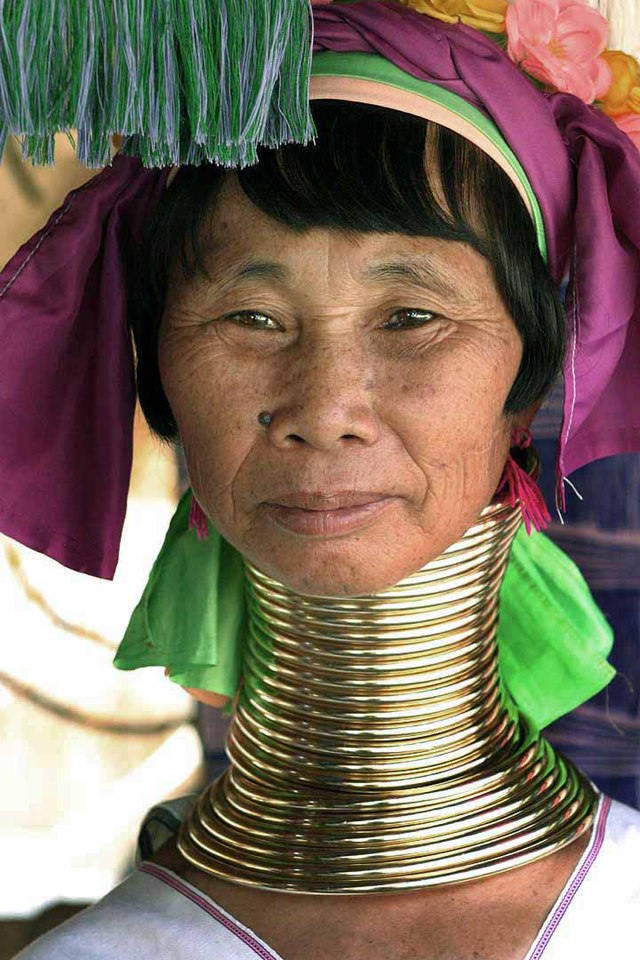

2. Lip Plates
Lip plates are a form of body modification practiced by some ethnic groups in Africa, particularly by the Mursi and Suri tribes of Ethiopia.
In these cultures, girls start getting their lower lip pierced when they are young, usually around the age of 15. They then progressively stretch the hole in their lip by inserting larger and larger plates made from wood or clay until the lip becomes distended.
Lip plates are considered a sign of beauty and social status in these cultures, and women with larger plates are believed to be more desirable as marriage partners.
While lip plates may be considered a cultural tradition, it is important to note that they can also have negative health consequences. The constant pressure of the plate can cause the lip to become infected, and the weight of the plate can lead to dental problems and other issues. Indeed, the lower teeth are often extracted to make room for larger lip plates. As the plate grows in size, it pushes the lower teeth, causing them to hurt, loosen or even fall out.
There are also some examples of lip plates being worn in certain South American cultures.
For example, the Amazonian Kayapo tribe in Brazil is known to practice lip stretching, where young girls have their lips pierced and gradually stretched with larger and larger discs made from wood, seeds, or shells. However, unlike the Mursi and Suri tribes in Ethiopia, the Kayapo do not extract teeth for lip plates.
Similarly, some indigenous groups in Colombia have also been known to practice lip stretching, using materials such as bone or wood to create larger and larger lip plates.

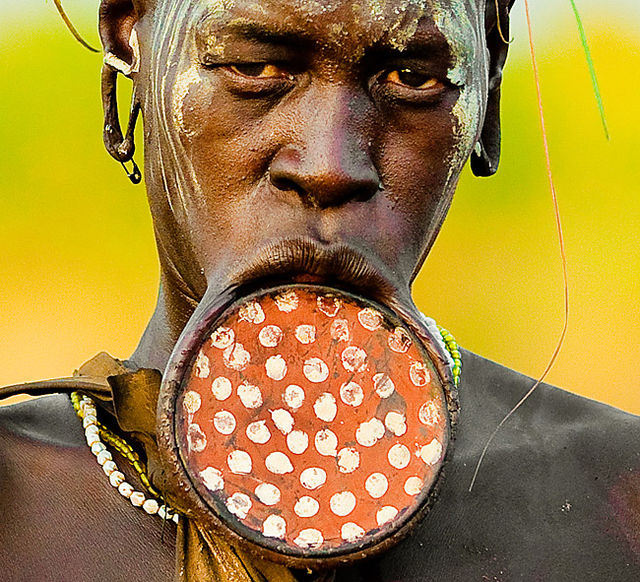

3. Tooth Filing and Colouring
Tooth filing is a cultural practice that involves intentionally filing or shaving down teeth to create a particular shape or pattern. It is practiced in some cultures in Africa, Asia, and the Pacific Islands.
In some cultures, such as Bali and parts of Indonesia, tooth filing is considered a rite of passage and is often performed as part of a wedding ceremony to ward off evil spirits. In other cultures, such as parts of Africa, tooth filing is seen as a symbol of beauty and social status, with men and women filing their teeth to create patterns or shapes that are considered aesthetically pleasing. Some even extract teeth to make room for filing or other adornments.
While tooth filing may be seen as unusual or even bizarre to some, it is an important cultural tradition for those who practice it. However, there can be potential health risks associated with tooth filing, including:
- Increased risk of tooth decay: Filing down the enamel of the teeth can increase the risk of tooth decay and cavities, as the protective layer of the tooth is removed.
- Increased risk of gum disease: Filing down the teeth can also damage the gums, leading to an increased risk of gum disease.
- Tooth sensitivity: Filing down the teeth can make them more sensitive to hot and cold temperatures and to pressure, which can cause discomfort and pain.

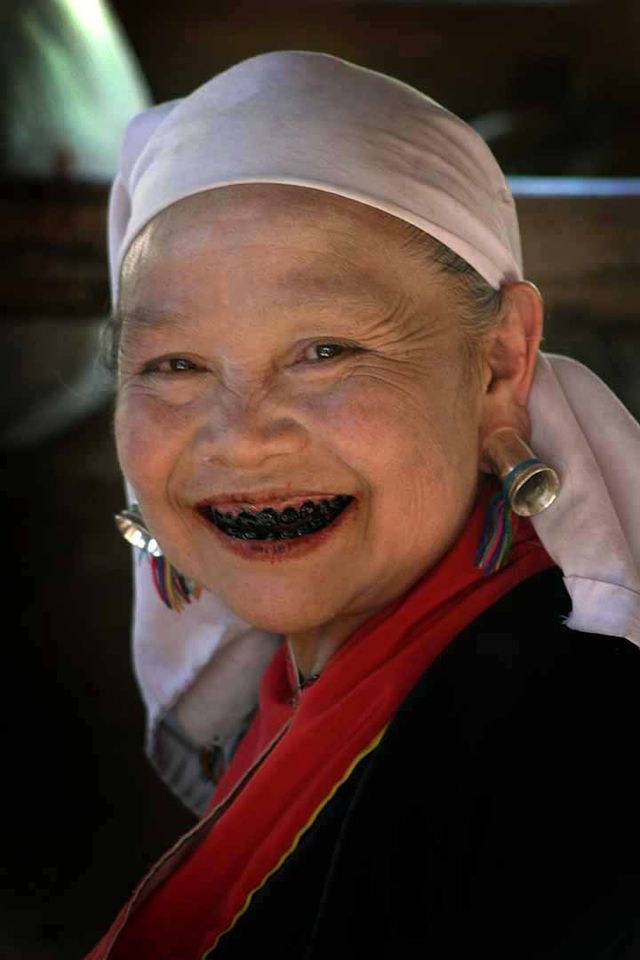

4. Foot binding
Foot binding was a practice that originated in China during the 10th century and continued until the early 20th century. It involved tightly binding young girls’ feet in order to prevent them from growing to their full size, creating the appearance of small, dainty feet that were considered beautiful and desirable.
Foot binding was a painful and debilitating practice that often resulted in lifelong disabilities and health problems for those who underwent it. The process involved breaking the toes and arches of the foot and tightly binding them with cloth, causing the foot to fold in on itself and become smaller. The process typically began when girls were between 4 and 6 years old and continued until their feet reached the desired size and shape, which was typically around the age of 12.
The practice of foot binding was deeply rooted in Chinese culture, and it was considered a sign of beauty and social status. However, it also had significant negative health consequences, including: chronic foot pain, infections, limited mobility, and an increased risk of falls and injuries. Foot binding also perpetuated gender inequality and reinforced the idea that women’s bodies should be altered to meet societal standards of beauty. Despite being banned in 1912, foot binding continued in some rural areas of China until the mid-20th century.
- Chronic pain and discomfort: Foot binding caused chronic pain and discomfort, as the toes and arches of the foot were forced into unnatural positions.
- Restricted mobility: Foot binding severely restricted the mobility of those who underwent it, making it difficult or impossible to walk or perform basic tasks.
- Increased risk of infection: The tight binding of the feet also increased the risk of infection, as it prevented proper circulation and ventilation.
The practice of foot binding has largely been abandoned in modern times, but it remains an important part of Chinese history and serves as a reminder of the impact of cultural beauty standards on individual health and well-being.


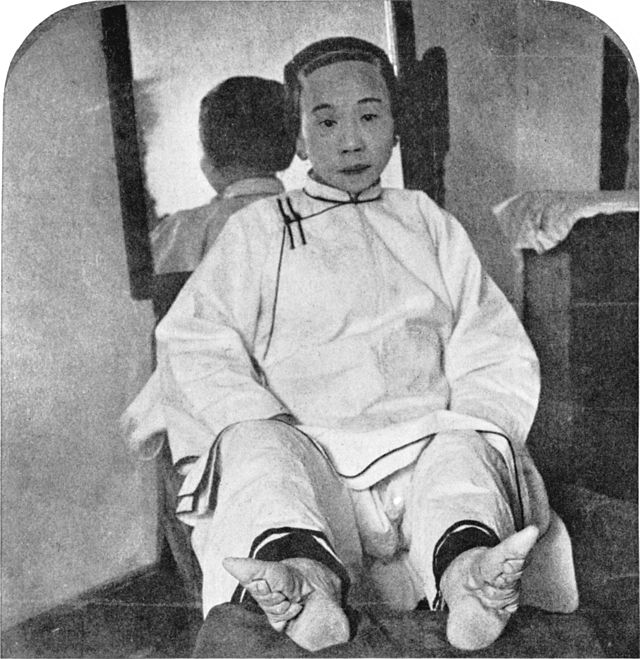
5. Corseting
Corseting was a practice that involved tightly lacing a corset around the torso to shape and contour the body. The practice was popular among women in Europe and North America during the 19th and early 20th centuries, and it had a significant impact on women’s health and well-being.
Corseting was often seen as a symbol of femininity and social status as it created an exaggerated hourglass figure that was considered fashionable and desirable at the time. However, the tight lacing of corsets had serious health consequences for those who wore them, including:
- Difficulty breathing: Corsets compressed the ribcage and diaphragm, making it difficult for women to take deep breaths and causing shortness of breath and dizziness.
- Digestive problems: Corsets also compressed the stomach and intestines, leading to digestive problems such as constipation and acid reflux.
- Back and muscle pain: The tight lacing of corsets put a significant amount of pressure on the back and muscles, causing pain and discomfort.
- Organ damage: Prolonged wearing of corsets could also cause damage to internal organs such as the liver and spleen.
While corseting has largely fallen out of fashion in modern times, it remains an important reminder of the impact of cultural beauty standards on individual health and well-being.
There have been many extreme examples of corseting throughout history, but one of the most famous cases is that of Cathie Jung, who holds the Guinness World Record for having the smallest waist on a living person.
Jung began wearing corsets in her 20s and has continued to wear them for over 50 years, gradually reducing the size of her waist through tight lacing. Her waist currently measures just 15 inches (38 cm), which is about the same size as a regular jar of mayonnaise.
While Jung’s waist size is certainly extreme, it is important to note that her case is not typical of corseting in general. Most women who wore corsets during the 19th and early 20th centuries did not lace them to such a degree, and many only wore them for special occasions.
Today and in some very extreme cases, women are having their ribs extracted to achieve an hourglass figure. Rib removal surgery, also known as rib resection, is a rare and controversial procedure that involves removing a portion of one or more ribs in order to narrow the waist and create a more defined hourglass shape.


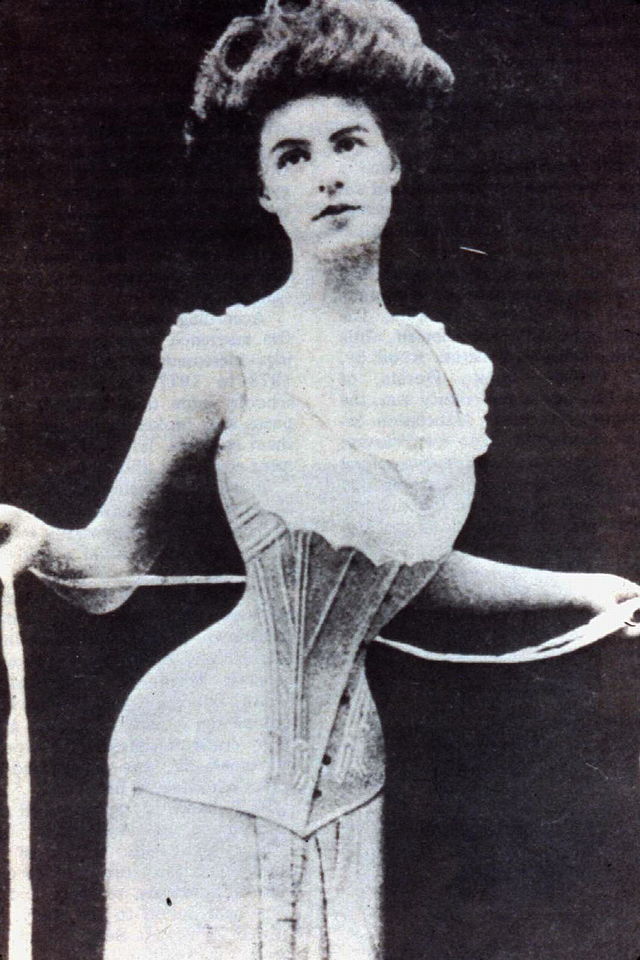
6. Scarification
Scarification is a cultural practice that involves intentionally creating scars on the skin for cultural, religious, or aesthetic reasons. This practice has been documented in many different cultures around the world, including in Africa, Asia, and the Pacific Islands.
In some cultures, scarification is a rite of passage that marks the transition from childhood to adulthood. It may also be used to indicate social status or to show allegiance to a particular tribe or group. Scarification may also have spiritual or religious significance in some cultures.
The methods used to create scars can vary depending on the culture and the individual. Some methods involve cutting or branding the skin, while others use abrasion or even the application of caustic substances to create scars.
While scarification may be an important cultural practice in some societies, it is not without risks. Scarification can lead to infection and complications, and should only be performed by trained professionals using sterile techniques.
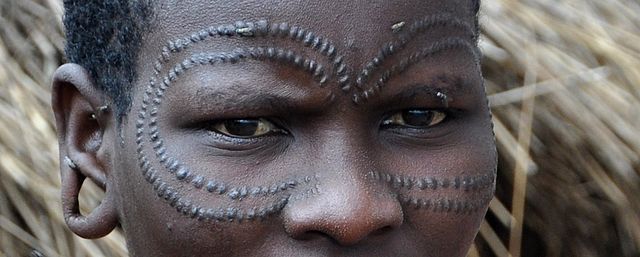
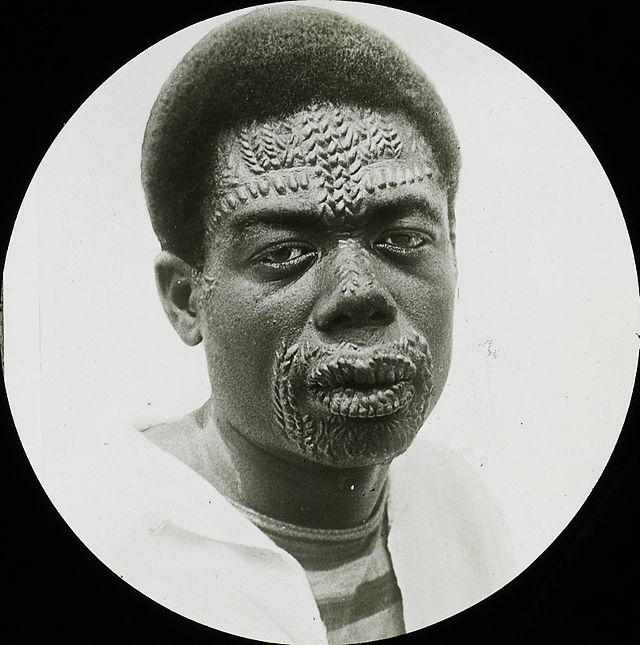
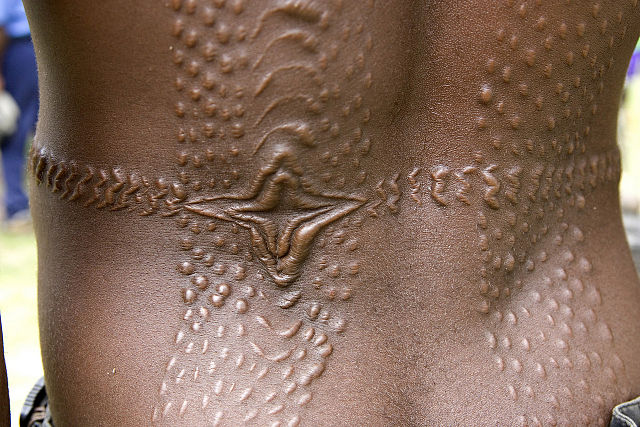
7. Cranial deformation
Skull modification, also known as cranial modification or cranial deformation, is a practice that has been carried out by various cultures throughout history, including the Mayans, the Incas, and some Native American tribes. The practice involves intentionally altering the shape of the skull through various methods, such as binding the skull with cloth or boards or applying pressure to specific parts of the skull during infancy.
Skull modification was typically carried out for cultural or religious reasons, with the shape of the skull being seen as a reflection of social status or spiritual significance. In some cases, it was also believed to enhance certain physical or mental abilities.
While skull modification is not widely practiced today, there are still some communities and individuals who continue to carry out the practice. It is important to note that while skull modification is generally considered safe when carried out in infancy, it can carry significant risks if attempted on an adult skull, as the bones are no longer as pliable and may be more prone to injury or deformation.
In addition, it is worth noting that skull modification should not be confused with the illegal and dangerous practice of skull reshaping, which involves drilling or cutting into the skull to create a different shape or size. This practice is not supported by any reputable medical or scientific organizations and can lead to serious health complications or even death.
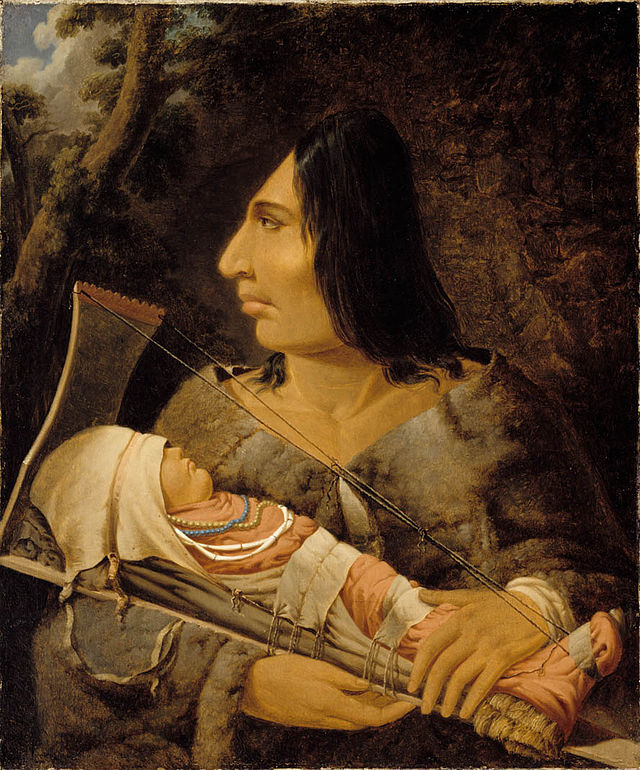
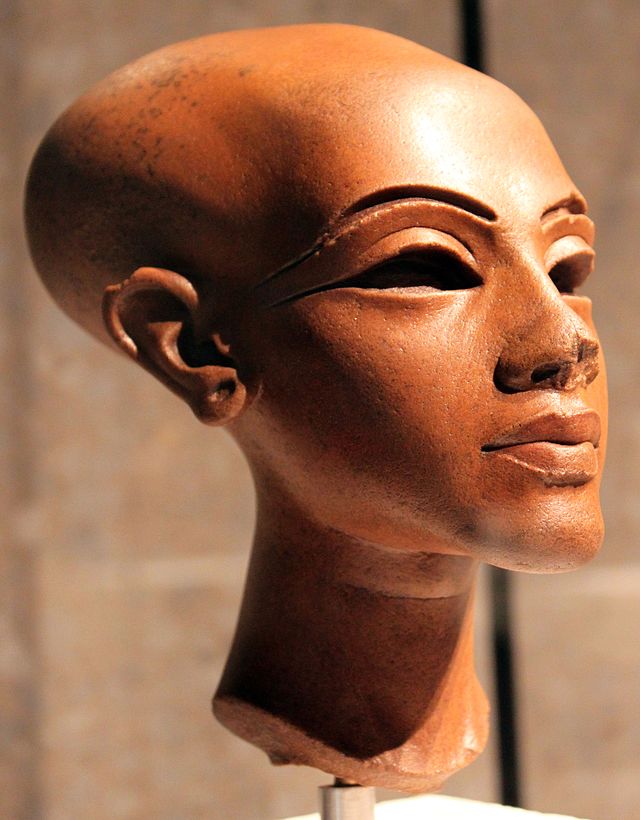

8. Breast and Horn Implants and Bagel Heads
Some people have surgically implanted breasts, horns or other body modifications to create a more sexy, demonic or otherworldly appearance.
The size of breast implants can vary depending on the individual’s preference, as well as the recommendations of their surgeon. Some individuals may opt for smaller implants that provide a subtle enhancement to their natural breast size, while others may choose larger implants that create a more dramatic change in their appearance.
There have been cases where extremely large breast implants have been used for cosmetic surgery, often referred to as “macromastia” or “gigantomastia.”
American stripper and adult film actress, Chelsea Charms, claimed to have the world’s largest breasts and reported her bra size to be 164XXX. There is no official verification of this claim. Breast implants have been associated with complications, such as anaplastic large cell lymphoma and implant rupture.
Horn implants are another body modification trend that involves the surgical implantation of small silicone or other materials beneath the skin to create the appearance of horns or other protrusions on the forehead or other parts of the body.
This practice is not a mainstream beauty trend, but rather a form of extreme body modification that is typically only undertaken by a small number of people who are interested in exploring their own boundaries and pushing the limits of what is considered socially acceptable.
As any surgical procedure it carries inherent risks, and this is especially true of elective cosmetic procedures like horn implants. In addition to the risks associated with the surgical procedure itself, there is also the risk of infection, rejection of the implants by the body, and other potential complications.
“Bagel Heads” is contrary to the above a temporary body modification trend that originated in Japan. The practice involves injecting saline solution into the forehead to create a temporary protrusion or “bagel-shaped” swelling that can be molded into various shapes before being flattened back to normal.
Bagel Heads first gained popularity in the underground body modification scene in Japan in the 2000s and have since become more widely known thanks to social media and online coverage. The practice is typically performed at body modification conventions or in private by trained professionals, and the swelling typically lasts for several hours before subsiding.
While Bagel Heads are not considered harmful or dangerous, they are controversial and have been criticized by some for promoting risky and potentially harmful body modification practices.
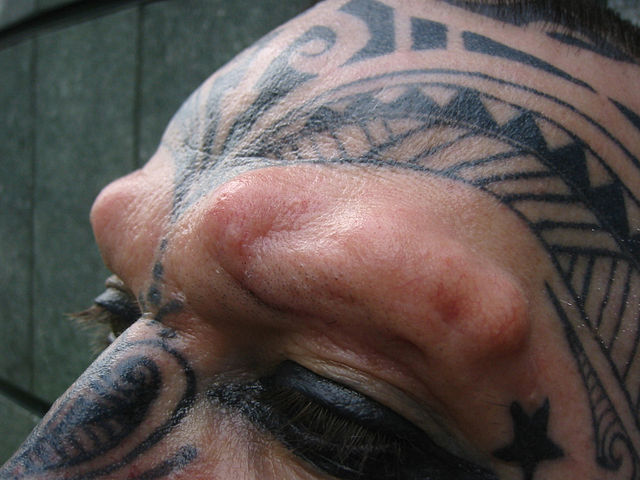



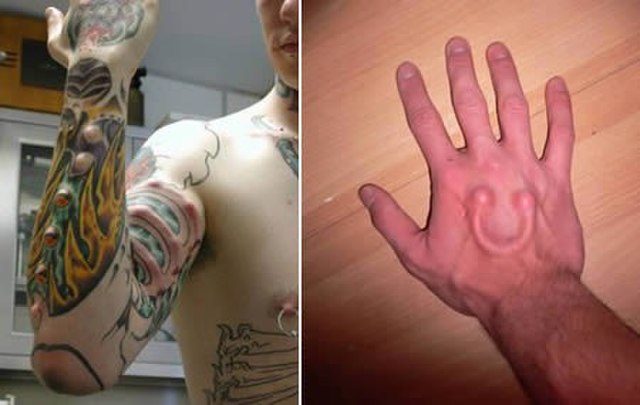
9. Extreme Bodybuilding
Extreme bodybuilding is a trend that involves the pursuit of an extremely muscular and toned physique through intense physical training and strict dietary regimens. While bodybuilding can be a healthy and rewarding pursuit, extreme bodybuilding often involves the use of anabolic steroids, human growth hormone, and other performance-enhancing drugs, which can have serious health consequences.
In addition to the health risks associated with steroid and drug use, extreme bodybuilding can also lead to a range of other physical and psychological problems, including muscle tears, joint problems, organ damage, and mood disorders. It can also lead to body dysmorphia, a mental disorder in which an individual becomes obsessed with perceived flaws in their appearance and may engage in dangerous behaviors to try to correct them.
Also sumo wrestlers intentionally transform their bodies through intense training and specific dietary regimens in order to compete professionally in the sport of sumo wrestling. Yet the special character comes from the immense weight gain. Sumo wrestling is a traditional Japanese sport that has a long and rich history, and is characterized by its unique rules, traditions, and rituals.
Sumo wrestlers typically begin their training at a young age, and spend many years developing their strength, endurance, and agility through rigorous physical training and strict dietary restrictions. This however also involves consuming large quantities of food, including rice, fish, and other protein-rich foods, in order to gain weight and increase muscle mass.
The heaviest sumo wrestler of all time was not a Japanese. It was a wrestler named Emmanuel Yarbrough, who weighed over 800 pounds (360 kg) at his heaviest. Yarbrough was an American wrestler who competed in Japan in the 1990s and early 2000s.
While Yarbrough’s size and weight were certainly impressive, they also posed significant health risks. Yarbrough suffered from a range of health problems related to his weight, including high blood pressure, diabetes, and joint pain.




10. Tattooing
Tattooing is an ancient practice that dates back thousands of years. The art of tattooing has been practiced in cultures all around the world, from ancient Egypt and Greece to Polynesia and the Americas.
Tattooing has been used for a variety of purposes throughout history, including as a form of religious or spiritual expression, as a way to mark important life events or milestones, as a form of cultural identification, and as a way to demonstrate social status or affiliation.
In many cultures, tattooing was also used as a form of healing or medical treatment. For example, in ancient Egypt, tattoos were used to mark points on the body for acupuncture, while in Southeast Asia, tattoos were used to protect against illness and disease.
Today, tattooing remains a popular form of self-expression and art, with millions of people around the world getting tattoos for a variety of reasons. While tattooing has become more mainstream in recent years, it is important for individuals to carefully consider the potential risks and consequences of getting a tattoo, including the risk of infection, scarring, and allergic reactions to ink.
An extreme case is the tattooing of the eyes, also known as scleral tattooing or eyeball tattooing, is an extreme and dangerous form of body modification. This practice involves injecting ink directly into the white of the eye, which can cause a range of serious and irreversible complications. Some of the risks associated with eyeball tattooing include infection, scarring, blindness, and even loss of the eye itself.
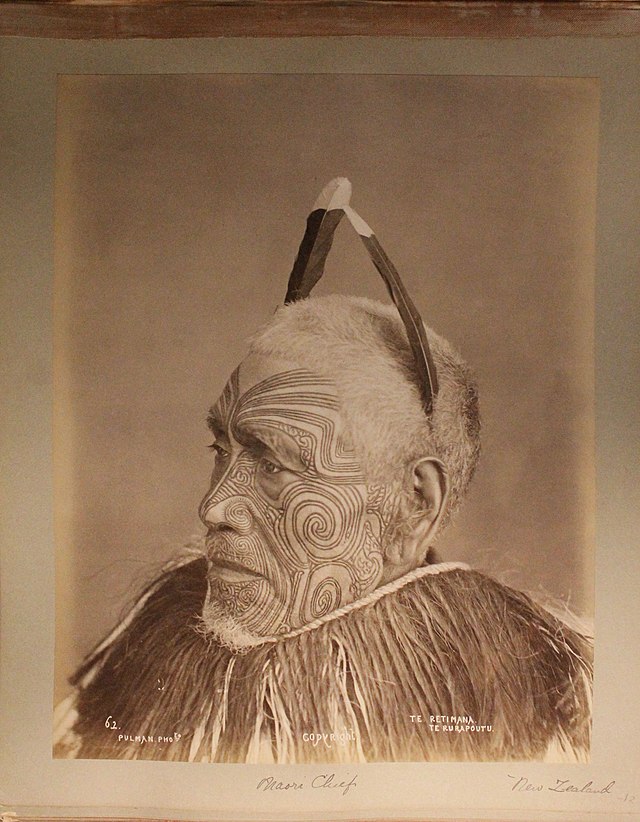
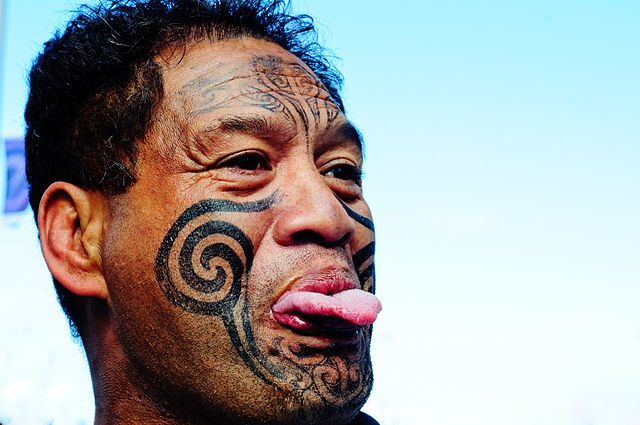


11. Castration and transformation of sexual organs
The practice of castrating men, also known as emasculation, was in history a particular tradition.
Sometimes it was practices to create eunuchs. This brutal treatment dates back thousands of years and has been documented in many different cultures around the world.
Eunuchs were often employed in roles such as guards, servants, and officials in royal courts and harems. The castration procedure was typically performed on boys before they reached puberty, with the goal of creating individuals who were physically and emotionally different from other men. The idea was that eunuchs would be more trustworthy and loyal than other men, as they were not seen as a threat to the power and authority of the ruling class. Some of them rose to considerable power, such as the admiral Zeng He in China.
Castration was also sometimes motivated by religion. In ancient Rome this was for instance done for the worship of the goddess Cybele. The followers of Cybele, known as the Galli or Priests of Cybele, were castrated as part of their initiation into the cult. They believed that the act of castration would bring them closer to the goddess (itself formerly a man) and would ensure their loyalty to her. The practice of castration for the worship of Cybele was controversial in ancient Rome and was often seen as a threat to traditional Roman values and masculinity. The practice was eventually banned by the Roman Senate in 186 BCE, but it continued among the Galli and other followers of Cybele in other parts of the ancient world.
A similar practice of religious auto-castration was to be found in the Skoptsy sect in Russia, in which men and women auto-castrated themselves.
Castration was also sometimes practiced for cultural purposes, such as to create castrate singers with high voices. Castrati singers were a historical phenomenon that emerged in the Baroque era in Italy. These were male singers who were castrated before puberty in order to preserve their high-pitched singing voices.
The practice of castration for musical purposes was controversial even in its time, but it persisted due to the popularity of the castrati’s unique singing style. Castrati singers were highly sought after in operatic and choral music, and they were celebrated for their exceptional vocal range and emotional expressiveness.
While castration for musical purposes is no longer practiced today, the legacy of the castrati can still be heard in modern classical music. Many of the most famous operas and choral works of the Baroque era were written with castrati singers in mind, and modern performers often strive to recreate the sound and style of the castrati through specialized training and vocal techniques.
Today, castration is generally considered to be an unethical practice and is rarely performed except in cases of medical necessity. One such case is a gender change or gender transition. Gender transition is a process by which an individual changes gender identity through a variety of physical changes, including also surgery.
The concept of gender change or gender transition existed throughout history, although the medical and social understanding of gender identity has varied greatly over time and across cultures.
In some ancient societies, individuals who exhibited characteristics of both genders or who expressed a desire to change their gender were considered to be special or divine and were revered or respected. For example, in ancient Greece, the Hermaphrodite was depicted as a gender-fluid person. The same was true for the god Loki, the god of fire, in German mythology.
Castration was also practiced in the “hijra” in South Asia, in which some individuals underwent castration as part of their acceptance into a transgender community. In some cases, hijra individuals were considered to have a special spiritual status and were sought out for blessings and prayers, while also being marginalised.
In many societies however, gender change was viewed as taboo or even punishable by law.
Whatever the reason, any kind of surgical removal of sexual organs will always involve significant physical and emotional changes that can take a toll on an individual’s body and psyche.


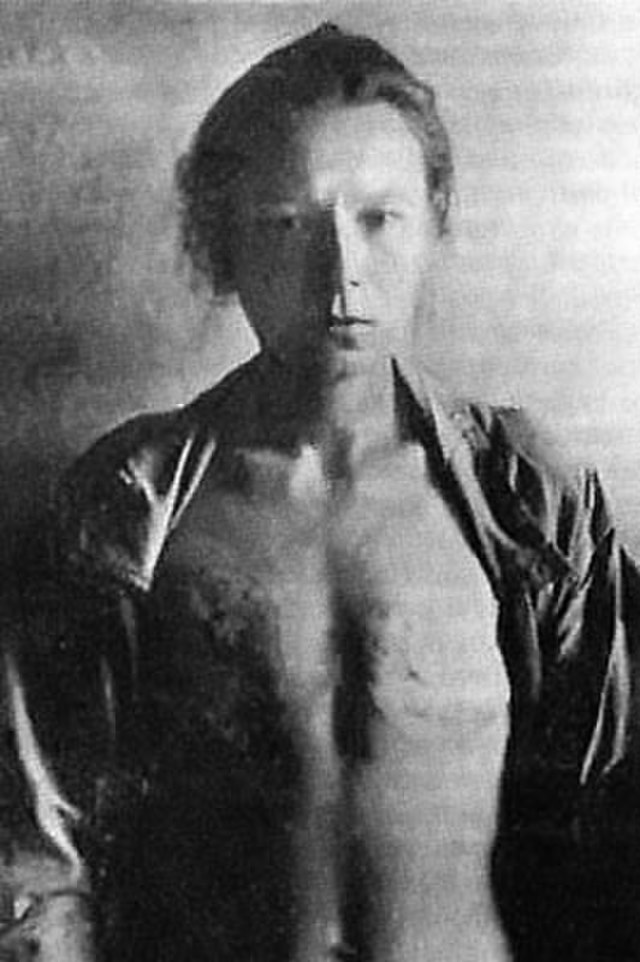



interesting!
LikeLike